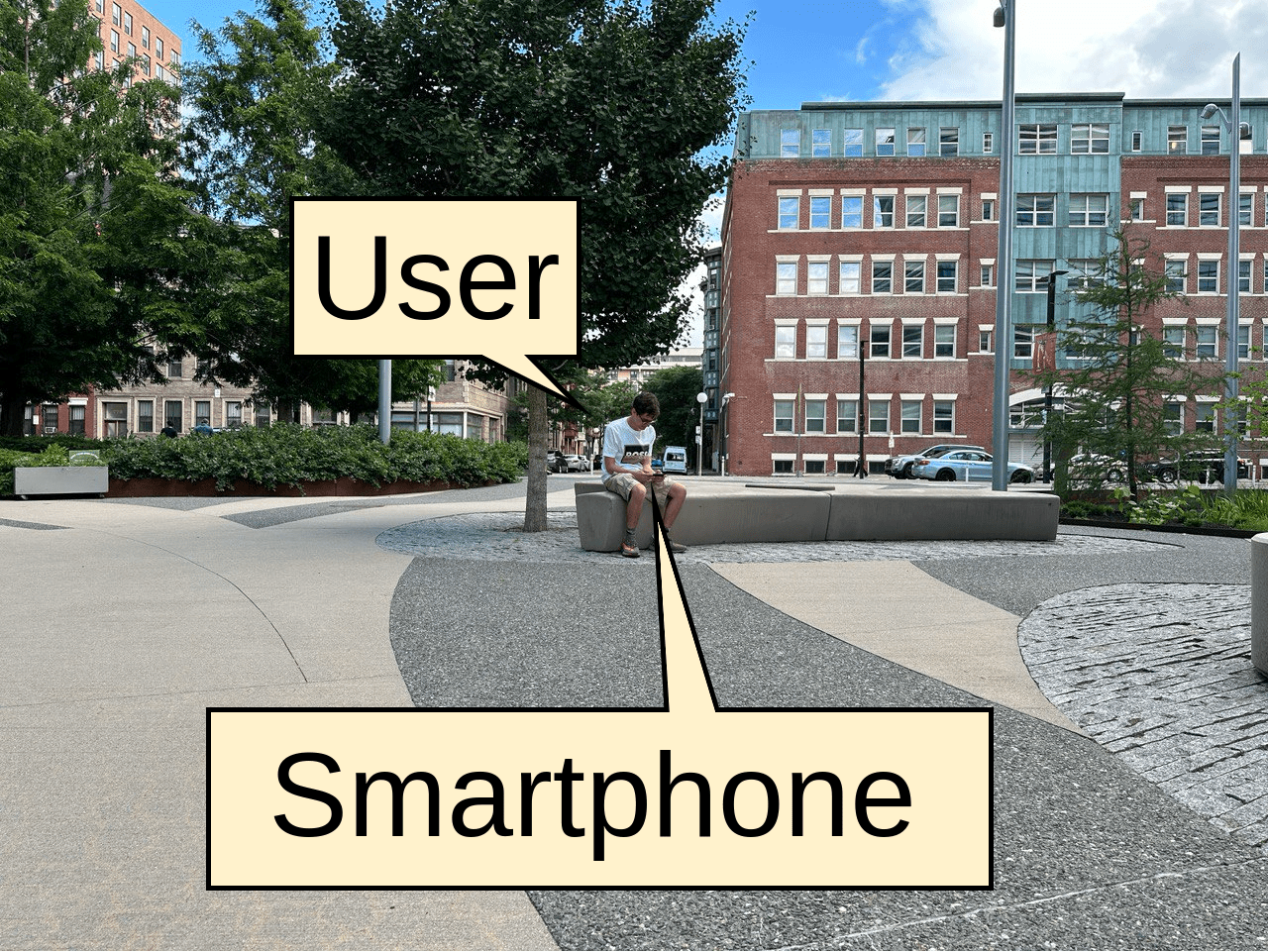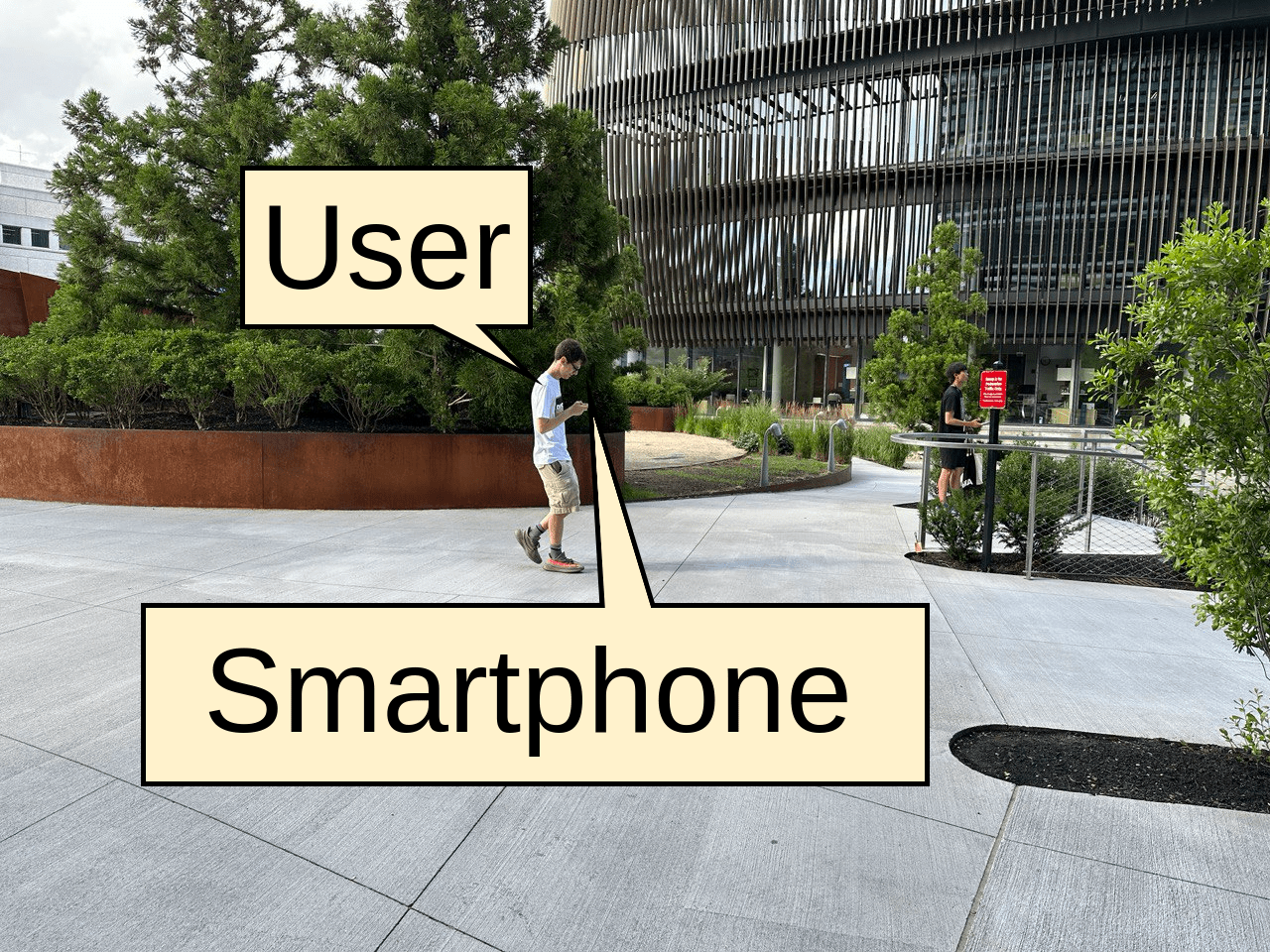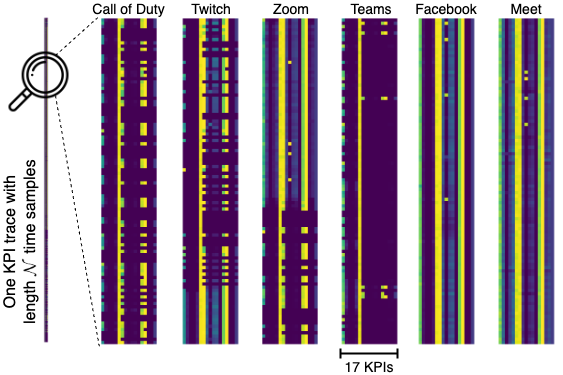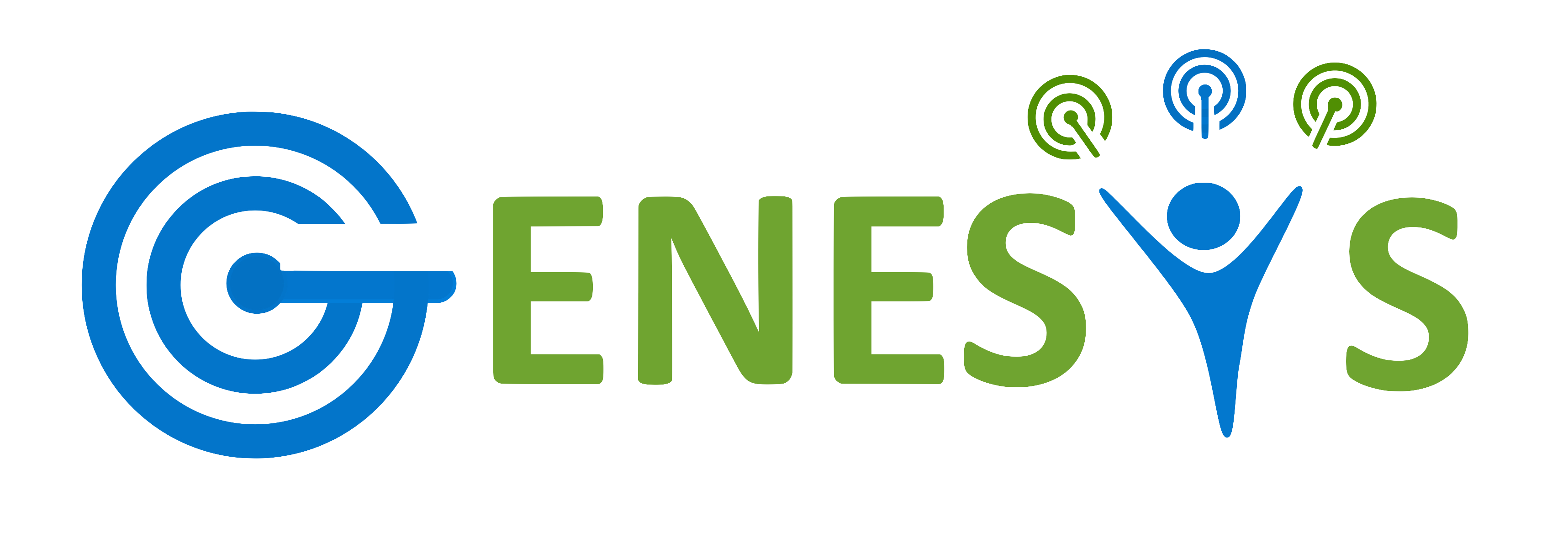UNICORN KPI Dataset for Network Traffic Classification in Open Radio Access Network (O-RAN)
Dataset Download:
Please use the following link to download the dataset containing 492 network traces collected from 6 mobile applications in three different processing stages.Download: URLLC network traces collected for UNICORN
This dataset is collected for the task of URLLC application classification and out of distribution detection, and is used in "UNICORN: URLLC Network Traffic Classification and OOD Detection for O-RAN," published in IEEE ICMLCN 2025. Any use of this dataset that results in any kind of publication with a bibliography section should include a citation to our paper. Here is the PDF and the reference for the paper:
Paper PDF
Nasim Soltani, Dante LoPriore, Joshua Groen, and Kaushik Chowdhury, "UNICORN: URLLC Network Traffic Classification and OOD Detection for O-RAN," IEEE ICMLCN, May 2025, pp. 1-6 4570-4575.
Code: For the experiments in this paper, we have developed a code publicly shared here, with run instructions included in the README.
Dataset Description:
This dataset contains 492 network traces for 6 different mobile applications as follows.
- Call of Duty
- Twitch
- Zoom
- Microsoft Teams
- Google Meet
The network traces are prepared to share in three different processing stages corresponding to the 3 zip files in the dataset as follows.
- 1. PCAP.zip: First 5G network traffic is captured using PCAPdroid mobile app that runs in the background on an Android cell phone. The user collects network traces while running 6 URLLC applications listed above, in 3 different environments: Indoor Stationary, Outdoor Stationary, and Outdoor Walking, as shown in Figure 1.
- 2. Before-Colosseum.zip: We process the collected network traces to keep only the relevant meta-data (App name, packet number, time, source IP, destination IP, protocol, and packet length) and share the dataset at this stage too.
- 3. KPIs (After Colosseum).zip: We use Colosseum testbed as an O-RAN digital twin to emulate traffic passing between the end user (UE) and gNB. We collect 31 key performance indicators (KPIs) at the gNB over time. The captured KPIs are further processed to remove the KPIs with zero variance, which ultimately leaves us with 17 useful KPIs that are kept in the dataset at this stage. The KPI dataset (after Colosseum) is used in the paper for network traffic classification without user data exposure.



Figure 1. Data collection in 3 environments: (a) Indoor Stationary, (b) Outdoor Stationary, and (c) Outdoor Walking
Full description of the collection and processing steps as well as KPI dataset description is available in Section III of the paper.
A snapshot of the KPI dataset containing 17 KPI traces for each URLLC application is shown in Figure 2.

Figure 2. 6 URLLC mobile applications each with 17 KPIs captured using Colosseum.

